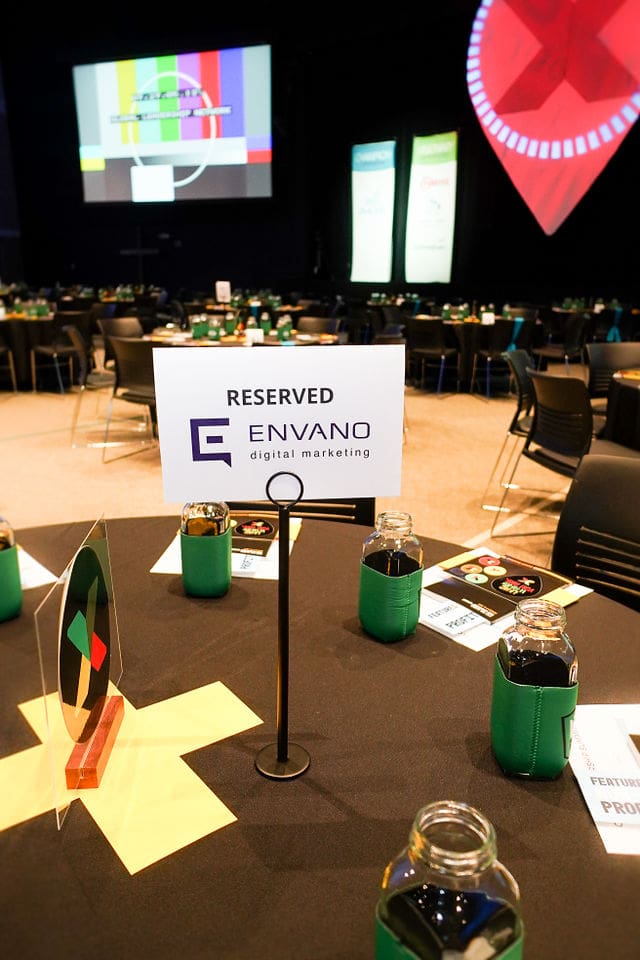Published: February 28, 2016
 According to an April 2015 Neilson report, “digital is redefining the shopping experience.” In fact, as technology changes the way we shop, it is becoming more and more critical for retail businesses to get online and go mobile.
According to an April 2015 Neilson report, “digital is redefining the shopping experience.” In fact, as technology changes the way we shop, it is becoming more and more critical for retail businesses to get online and go mobile.
Did you know that 84% of shoppers use their phone to help shop in-store? Did you know that of those, 57% of US consumers have purchased online or from a competitor after researching an item in-store because of better prices? [quote align=”center”]That means customers are standing in your aisle, browsing cost and selection via their mobile device, and ultimately turning to your competition for the sale. Do you want to prevent this?[/quote]
The answer is a good mobile strategy, one that includes interaction at every point along the path to purchase – including finding stores, making lists, checking prices, researching products, sharing content, finding value and ultimately purchasing. Starbucks grasped early on the potential to drive sales and loyalty with in-store mobile services such as payments and is reaping the benefits.
Here’s what you’re missing:
A chance to streamline the in-store experience.
Clever mobile marketing can drive customers to physical stores, but the use of technology in-store can also dramatically increase the chance that they’ll purchase on the spot. The Urban Outfitters native app, Urban On (UO), sends notifications to shoppers at key points in their journey to enhance the brand experience. Upon entering the store, shoppers are prompted to log in through social media to personalize their visit. While in the dressing room, they’re encouraged to share their outfits with friends on social media in exchange for discounts and other promotions. And in the checkout line, shoppers are reminded to shake their phone to pull up their loyalty barcode.
Most retailers today are struggling to create mobile apps that have a specific purpose and improve customer experience. Unless you’re an Amazon, mobile apps are easily caught up in noise. Only the big retailers, like Walmart, are having the great success getting people to download and use a brand-specific app – with positive sentiment among customers. For retailers to enter into this space you must provide something truly compelling and valuable of which your customers want to return to over and over again.
The opportunity to create unbending loyalty.
Moving past the days of loyalty punch cards, today’s retailers are leveraging smart apps that deliver offers and deals straight to customers, programs that collect customer data and can tell you what they ordered, tested and bought, as well as when they last came in or redeemed an offer. Not only does this make data gathering easier for retailers, it also makes for a lighter wallet. Big retailers are starting to do it well, think Cartwheel by Target or Starbucks loyalty program.
According to Entrepreneur, “experts predict that the next step in mobile loyalty programs will be to integrate them with the front-runner mobile wallets, such as Apple Pay and Google Wallet. Up until this point, customers have been forced to use mobile loyalty programs within each store’s individual apps. In the near future, we can expect to see these mobile wallets begin to not only implement store loyalty programs, but ultimately become a platform for integrated, real-time marketing.”
A way to serve your customers 24/7, 365.
A focus on the experience from ‘brick to click’ is shifting, where a new paradigm hinges on ‘click to brick to click.’ Retailers are amiss to think that customers don’t scour the digital universe before, during, and after their shopping experience. What they find there, if not lead and managed by your brand, will likely influence perceptions and behaviors in various ways. This realization forces traditional retailers to think and act digital first, shaping a mobile friendly presence. One that begins long before the front door, tearing down the four concrete walls and connecting with mobile devices. What’s more is you must be in it for the long haul and rely strongly on social media for ongoing customer service.
With a superior mobile and omni-channel experience, retailers of the future will move towards exciting business shifts – whether allowing customers to sign up with the tap of a device for demos in-store or augmented reality, that allows customers to simply look at a product on the shelf and see details, customer reviews, uses and more.
A Word of Caution
A “build it and they will come” approach will not work in the digital world. The same is true for mobile technology. Never build an app for the sake of building an app to say you’re ‘mobile.’ Tech-savvy customers can easily determine whether an application or device adds value to their lives. Those that make their lives better are used, while those that do not are discarded. Take Trader Joe’s, for example, who recently unpublished their app from the App Store due to an influx of customer comments that resulted in a long ‘Wish List’ of app improvements. This is where the audience focused, customer centric approach comes into play. When developing mobile initiatives, consider whether they’re creating value and clearly communicating the benefits to customers.
Surrounded and shaken by new technologies, how do you think retail will revolve?
Are you ready for mobile to change everything? Fill out our contact form and let’s chat!

 The Difference Between a Customer Journey and a Sales Funnel">
The Difference Between a Customer Journey and a Sales Funnel">

